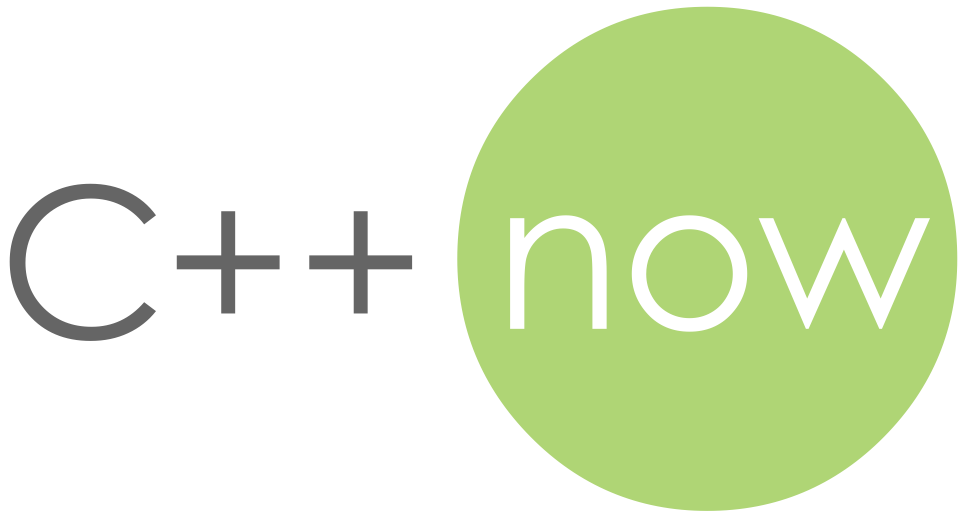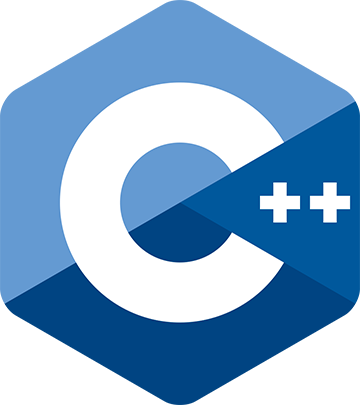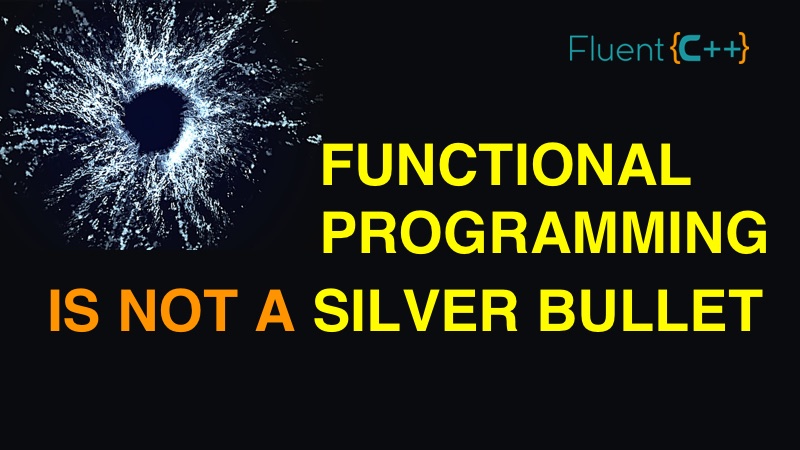C++Now 2019 Registration is Open
C++Now 2019 will be held in Aspen, May 6–1, 2019.
C++Now 2019 Registration is Open
From the announcement:
The eighth annual C++Now Conference will be held at the Aspen Center for Physics in Aspen, Colorado, May 5th to 10th, 2019.
We expect C++Now to sell out again. Register immediately so you won’t miss out.

 Nothing is perfect.
Nothing is perfect.